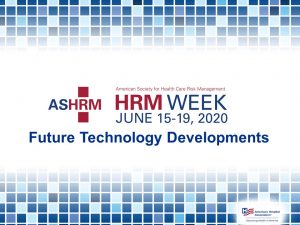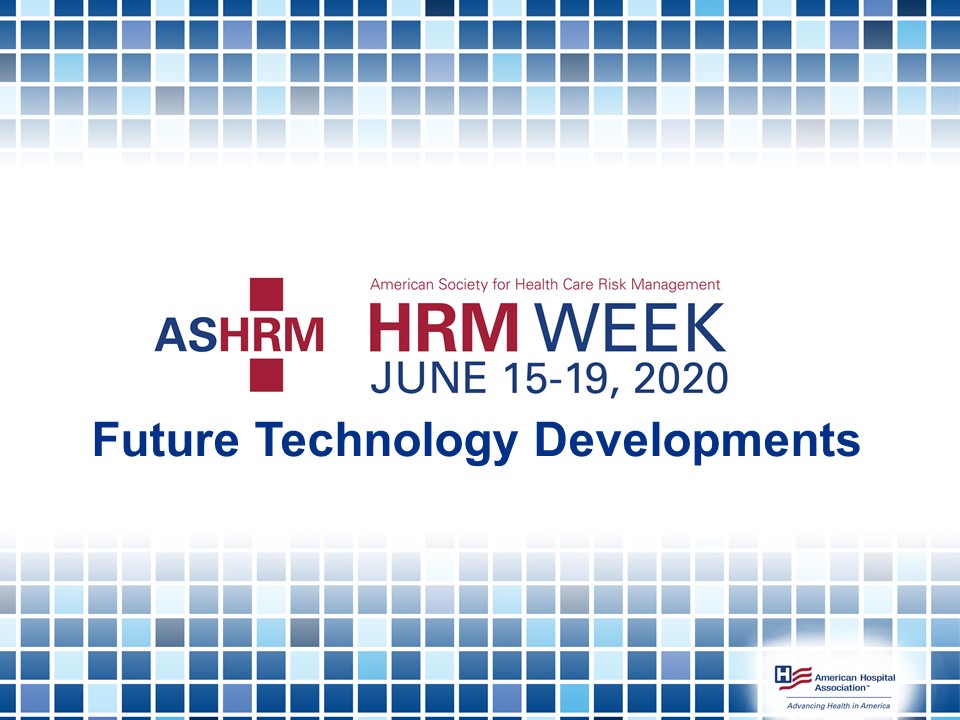
Digital Twins. The healthcare industry is moving away from generic treatment plans towards precision medicine, where your care plan is customized to your specific needs based on your unique physiology and condition. A key component to precision medicine is the concept of the Digital Twin – a virtual model of a process, product, or service – applied to humans, where we build an accurate, virtual, replica of a patient and use it to simulate various treatments to determine those most likely to provide a positive outcome. The resulting treatment plan, tailored for the individual rather than “averaged” across the patient population, can be combined with personalized drugs and procedures that are more compatible with the patient; reduce dangerous drug interactions; and result in less trial and error with ineffective treatments. Maintaining the integrity of the data that makes up the digital twin is critical, which puts an increased emphasis on cyber-security and data protection.
Data from the digital twin can also be used to customize a patient’s physical environment to speed up healing and improve comfort. In the next generation of hospital patient rooms, customized temperature, humidity, light color and temperature, soundscape, and aroma will all be tuned to create an integrated physical environment that matches the patient’s optimum healing/recovery parameters. This will result in the need to manage information security and data integrity to prevent matching incorrect parameters to a patient, increased service area costs (more sensors and equipment), and the potential for others in the room to be negatively impacted by the environment. It may be that for many the cost of providing these facilities may not provide sufficient value.
Wearable devices. Wearable devices, such as the FitBit and Apple Watch, and the next generation of smart clothing that includes built-in (woven in?) sensors to monitor your vital signs, will soon be a fixture in our lives. The potential of these devices to allow your healthcare provider to watch over you even when you are not at their location. We can easily envisage a future where these devices can automatically call for help (giving your location and a brief overview of your condition) in the event of you get into difficulties, can assist your physician by building a comprehensive data set of your physiology as you go about your day, and facilitate contact tracing capabilities to reduce the spread of contagion (which are particularly appropriate in the current pandemic.) However, this future also has a dark side that needs to be managed. Without the appropriate security provisions in place, bad actor hackers can intercept the data from your device (and even go to the extreme of turning off an implanted medical device such as a pacemaker or insulin pump), while fraud may be committed if data is not protected appropriately. The implications on privacy and personal freedoms – what if you have a cold and the airline prevents you from boarding their plane – need to be carefully managed.
Data ownership. As the technology systems that we interact with harvest, process, and upload increasing amounts of data about us, who owns that data, and who makes sure it is protected and not used for unwanted purposes? Current regulations in Europe ensure that the individual who the data pertains to typically owns that data. However, in the US, the organization that collects the data typically owns the data (with some exceptions.) We should ask the question; “who owns your digital twin data?”
Ownership of the data that’s coming from the mobile and wearable devices both on the device and when it’s uploaded to the cloud isn’t the only concern. Data fragmentation, with multiple entities owning different parts of your data and preventing others from accessing it, will increase the risk of medical errors and result in sub-optimal care. In the future, we expect to see individual data clearinghouses taking up this burden. It’s not too far-fetched to imagine a healthcare data escrow facility that amalgamates your health data and provides access to authorized organizations based on your approval. That’s a future worth hoping for and a good way to manage the risk associated with managing your personal health information!
This post was authored by Phil Crompton, Principal, and leader of Vantage’s healthcare sector. Connect via Email or LinkedIn with Phil.


